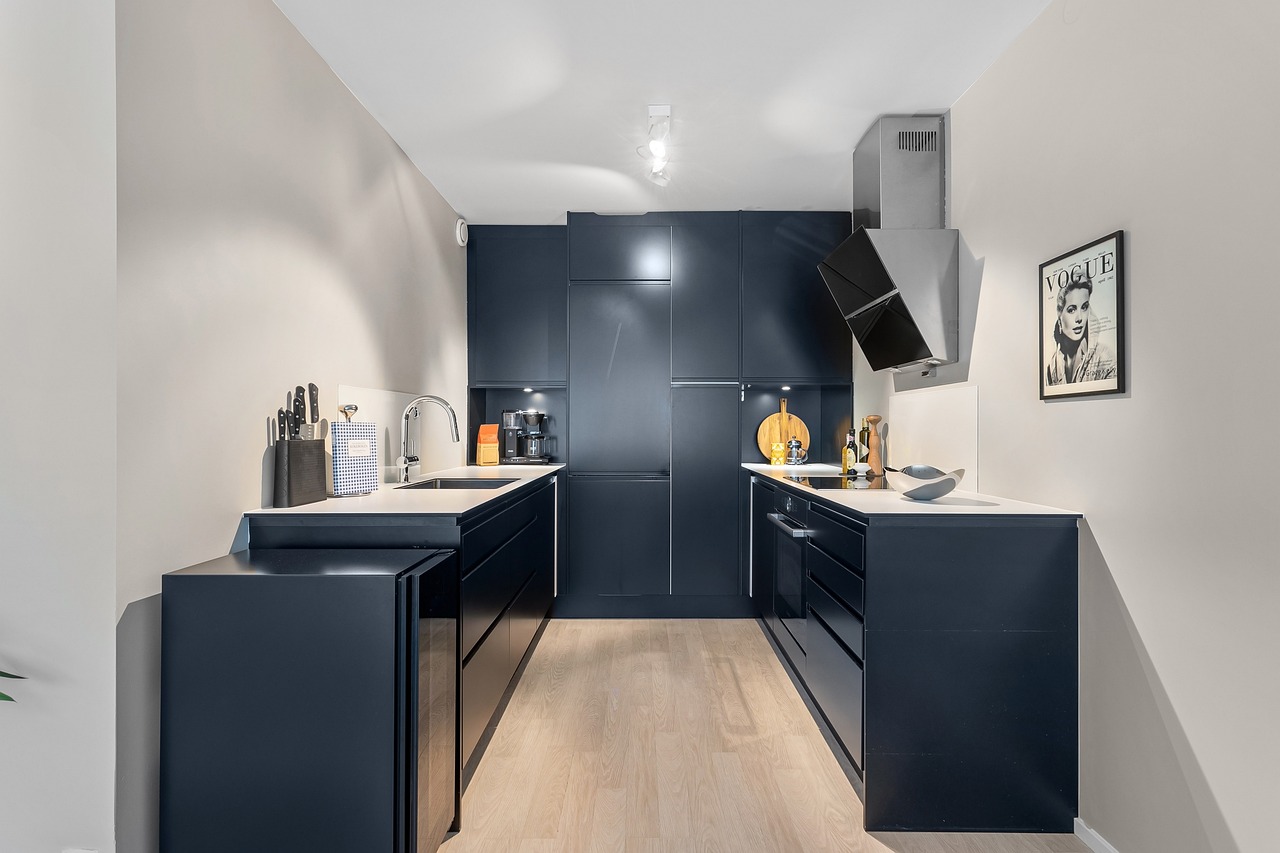Designing a Home Brewery: Tips for Beer Enthusiasts
Setting up a home brewery requires a few essential pieces of equipment to get started. First and foremost, a brew kettle is necessary for boiling your ingredients and extracting flavors. A fermenter, such as a carboy or bucket, is needed to hold the wort during the fermentation process.
Additionally, you will need an airlock to allow carbon dioxide to escape during fermentation while preventing contaminants from entering the fermenter. A hydrometer is useful for measuring the specific gravity of the wort at different stages of brewing to determine alcohol content. Lastly, a thermometer is crucial for monitoring and controlling the temperature of the wort during brewing.
• Brew kettle for boiling ingredients and extracting flavors
• Fermenter (carboy or bucket) to hold wort during fermentation
• Airlock to allow carbon dioxide to escape and prevent contaminants from entering fermenter
• Hydrometer for measuring specific gravity of wort at different stages of brewing
• Thermometer for monitoring and controlling temperature of wort
Choosing the Right Location for Your Home Brewery
When setting up a home brewery, it is crucial to carefully select the location where you will be conducting your brewing operations. Ideally, you want a space that provides ample room for your equipment and allows for easy access to utilities such as water and electricity. Additionally, consider a location that is well-ventilated to help control the temperature and minimize the risk of mold or mildew growth in your brewing area.
Another important factor to consider when choosing the right location for your home brewery is the level of noise and disturbance it may cause to others in your household or neighborhood. Select a spot that is away from high-traffic areas or living spaces to minimize disruptions during the brewing process. Additionally, ensure that the chosen location has adequate storage space for your brewing ingredients and supplies to maintain organization and efficiency in your brewing endeavors.
Understanding the Brewing Process
Before diving into the brewing process, it is crucial to understand the basic principles that guide this intricate craft. Brewing beer involves a series of steps that require precision and attention to detail. From selecting quality ingredients to managing fermentation temperatures, each stage plays a vital role in shaping the final product.
One of the key elements in brewing is the mashing process, where malted grains are steeped in hot water to extract fermentable sugars. This sugary liquid, known as wort, serves as the foundation for the beer. Following the mashing process, the wort is boiled with hops to add bitterness and aroma to the brew. Understanding these fundamental steps is essential for homebrewers looking to create delicious and high-quality beer.
What equipment do I need for a home brewery?
Some essential equipment for a home brewery includes a brew kettle, fermenter, airlock, thermometer, hydrometer, and bottles or kegs for storage.
How do I choose the right location for my home brewery?
It’s important to choose a location with adequate space, good ventilation, and easy access to water and electricity. Consider setting up your home brewery in a garage, basement, or dedicated brewing area.
What is the brewing process?
The brewing process involves several steps, including mashing, boiling, fermenting, conditioning, and packaging. During mashing, grains are mixed with hot water to extract sugars. Boiling involves adding hops and other ingredients to the wort. Fermentation is when yeast is added to the wort to convert sugars into alcohol and carbon dioxide. Conditioning allows the beer to mature and develop flavors, and packaging involves bottling or kegging the finished beer.







